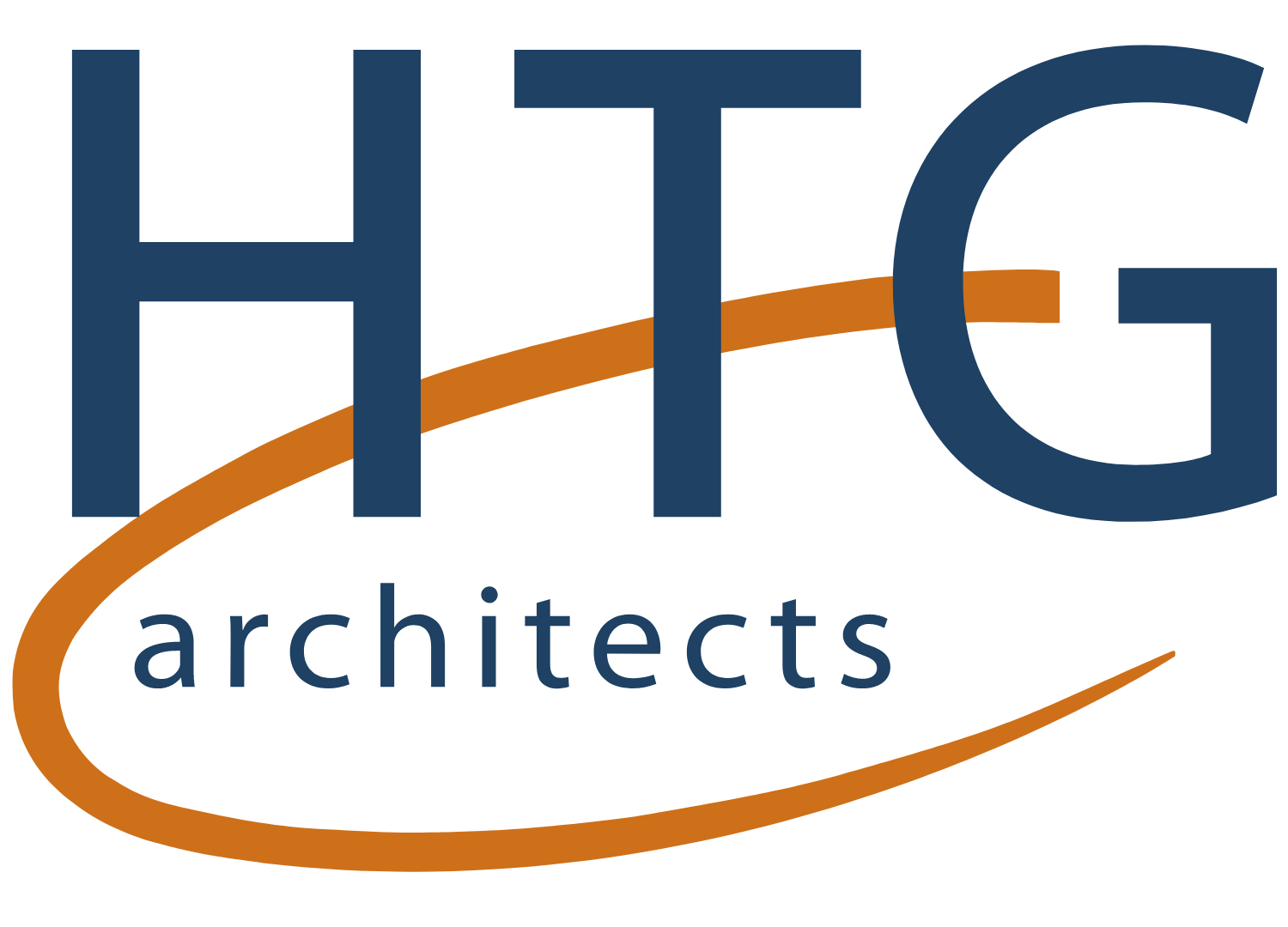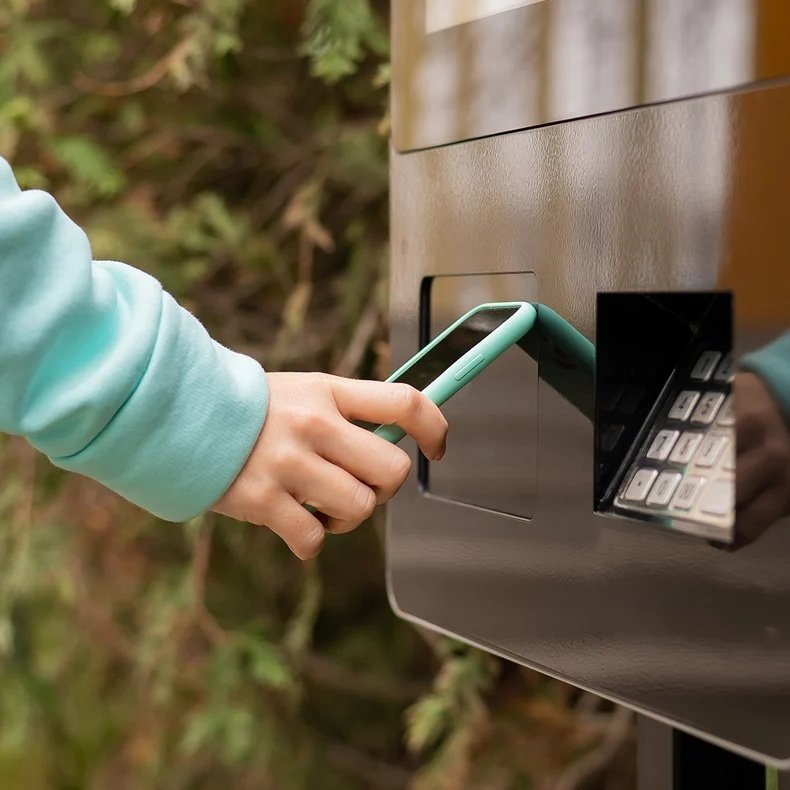3 Tips to Improve Efficiency When Designing a Bank
It’s no secret that longer wait times are bad for business. In fact, over 75% of customers say that waiting for a product or service is the worst part of an in-person experience. To put that into perspective, think about a time when you went to do a quick errand during your lunch break and spent most of your free time in line before returning to work hungry. Chances are, you’ll probably think twice before bringing your business back.
Banking is no different. People have come to expect efficient, timely interactions when they make a withdrawal or deposit, especially with the emergence of online and mobile banking. If your bank is suffering from long wait times, it’s probably time to rethink the flow of your operations or risk sacrificing valuable business.
Ways to Increase Efficiency in Your Bank
When it comes to efficient, customer-first bank design, it pays to plan. Let’s look at components that can keep your customers satisfied and moving on with their day.
Buy ITMs in Bulk
Interactive teller machines, or ITMs, are the way of the future and remove the tedious and time-consuming aspects of banking by combining the convenience of online banking and personalized service. When your banking customers are looking for financial assistance in addition to getting cash, utilizing the ITM will avoid the long lines in the lobby and drive-up since ITMs can provide the same level of service an in-person teller can. Using these machines can also free up time for your employees to focus more on other areas of your banking services, such as meeting with clients, offering financial advice or providing loan assistance.
When a financial institution is considering adopting ITMs as a branching strategy, it is essential to deploy them in bulk. The initial upfront costs and time to incorporate the ITMs into your banking systems is expensive, but if you allocate those costs by implementing several ITMs, the price is more bearable for your organization.
It’s important to note that if you’re utilizing ITMs, you’ll want to commit to replacing frontline tellers across all your branches. Since the technology is new and more challenging to adapt to than traditional in-person service, your customers will likely resort back to a teller. That defeats the purpose, so be sure to go all-in when implementing ITMs to offer a consistent strategy for your customers to get acquainted with.
Reduce Full-Time Employee Count
It may sound contradictory, but reducing the number of frontline staff, including tellers and customer service representatives, can help improve efficiency in your bank. When incorporating ITMs as your main delivery channel for customer service, the general ratio for employees is that one staff member can service four customers using ITMs simultaneously.
It’s important to remember this does not apply to loan officers, financial analysts, or other members whose positions cannot be fulfilled by technology. Your customers will still require guidance and support when making decisions regarding their financial well-being, so be sure to have those experts on hand whenever necessary.
Design Based on Your Demographic
When it comes to branch design, considering the demographics of the community you serve is essential to creating an optimized environment. For example, if your bank is located in a rural area where people prefer in-person and face-to-face interactions with real people, it would suit you well to consider designing a larger building with more lobby space, wider aisles and additional staff.
On the flip side, if your bank is located in an urban environment and serves a younger demographic, it could benefit you to explore a scaled-back model. In such circumstances, we’ve found it helps to cut back on large buildings and keep things simple with smaller lobbies, drive-through ATM access, multiple ITM machines in the lobby and less staff on hand.
Efficient Branches Start Here
Whether you’re looking to build, remodel or conduct a tenant improvement, HTG Architects has the experience and know-how to create a bank workflow that streamlines your entire operation. With over 2,800 financial institution projects completed, we bring an unmatched level of expertise to financial building projects. We have the ability to blend functionality with innovative design tactics, providing you with best-in-class service and an outcome that offers customers and employees more time back in their day.




